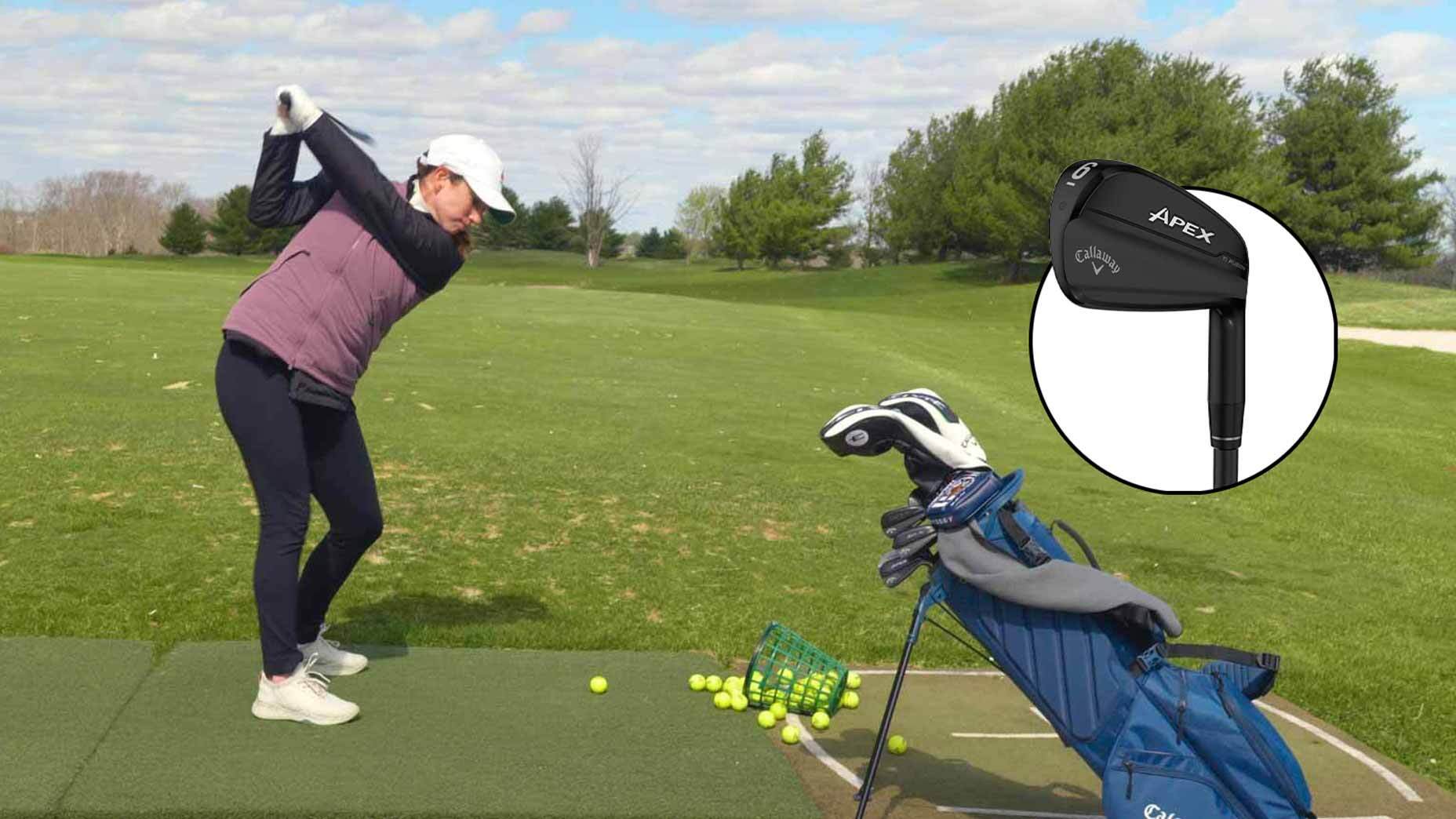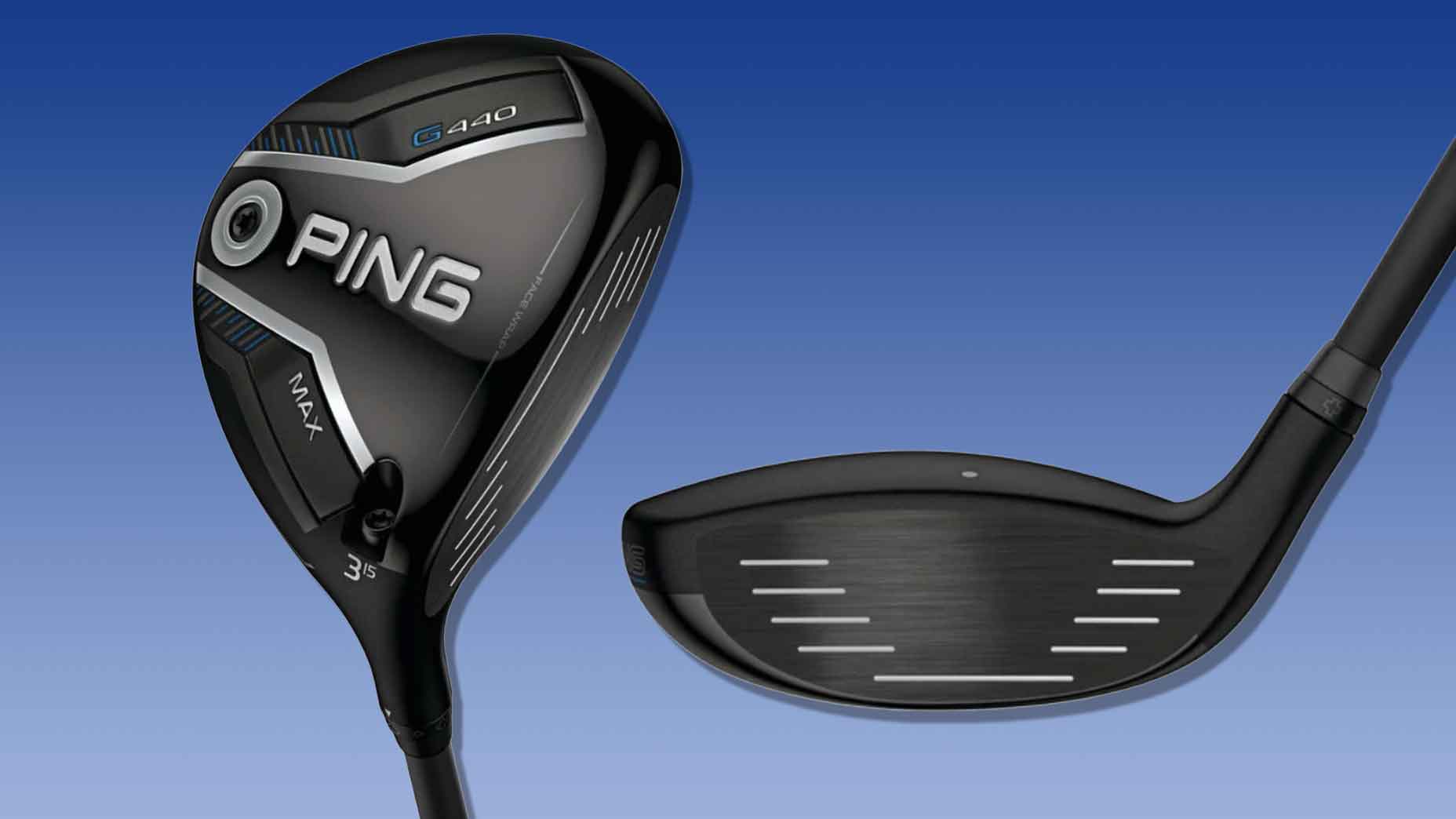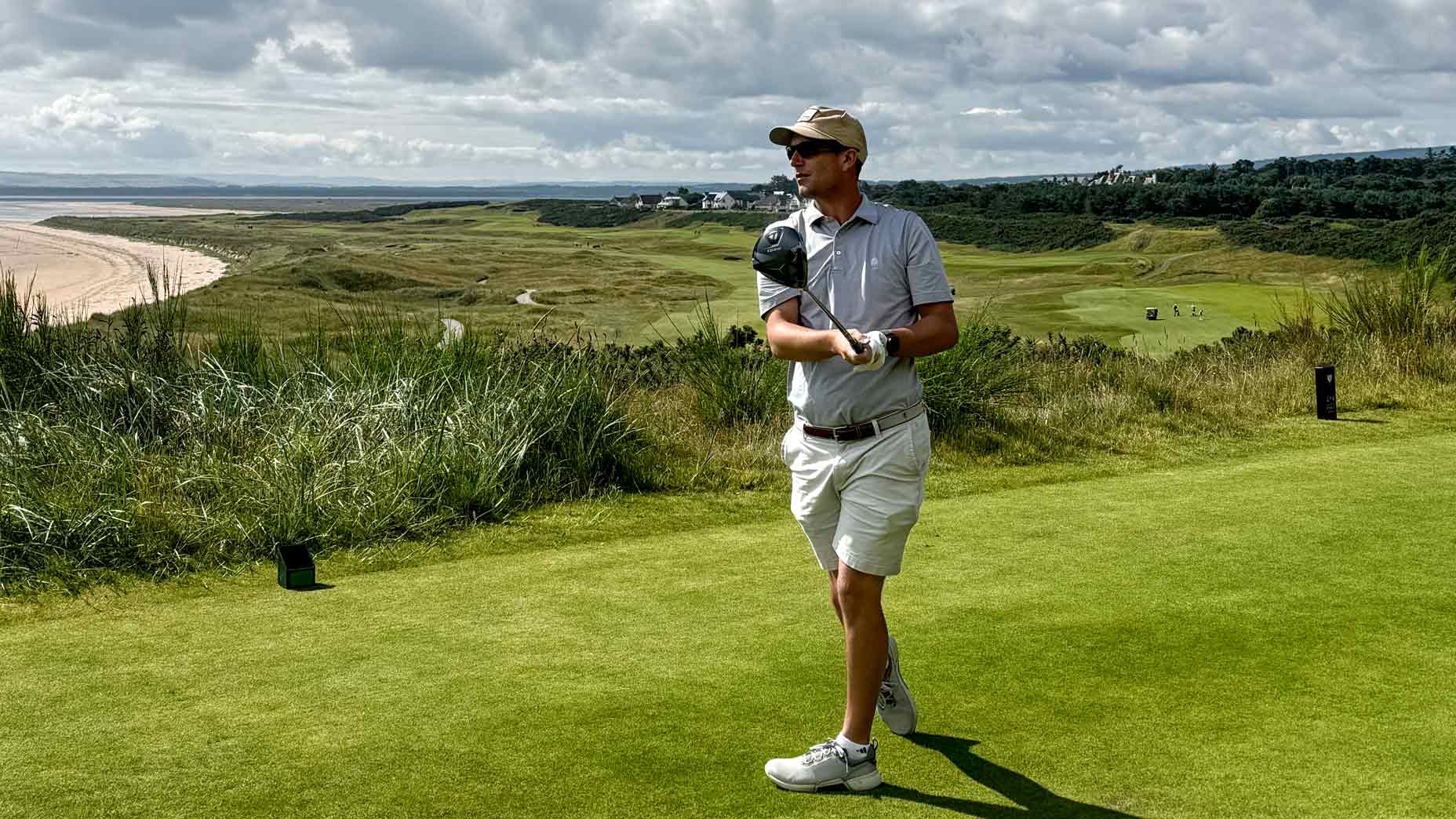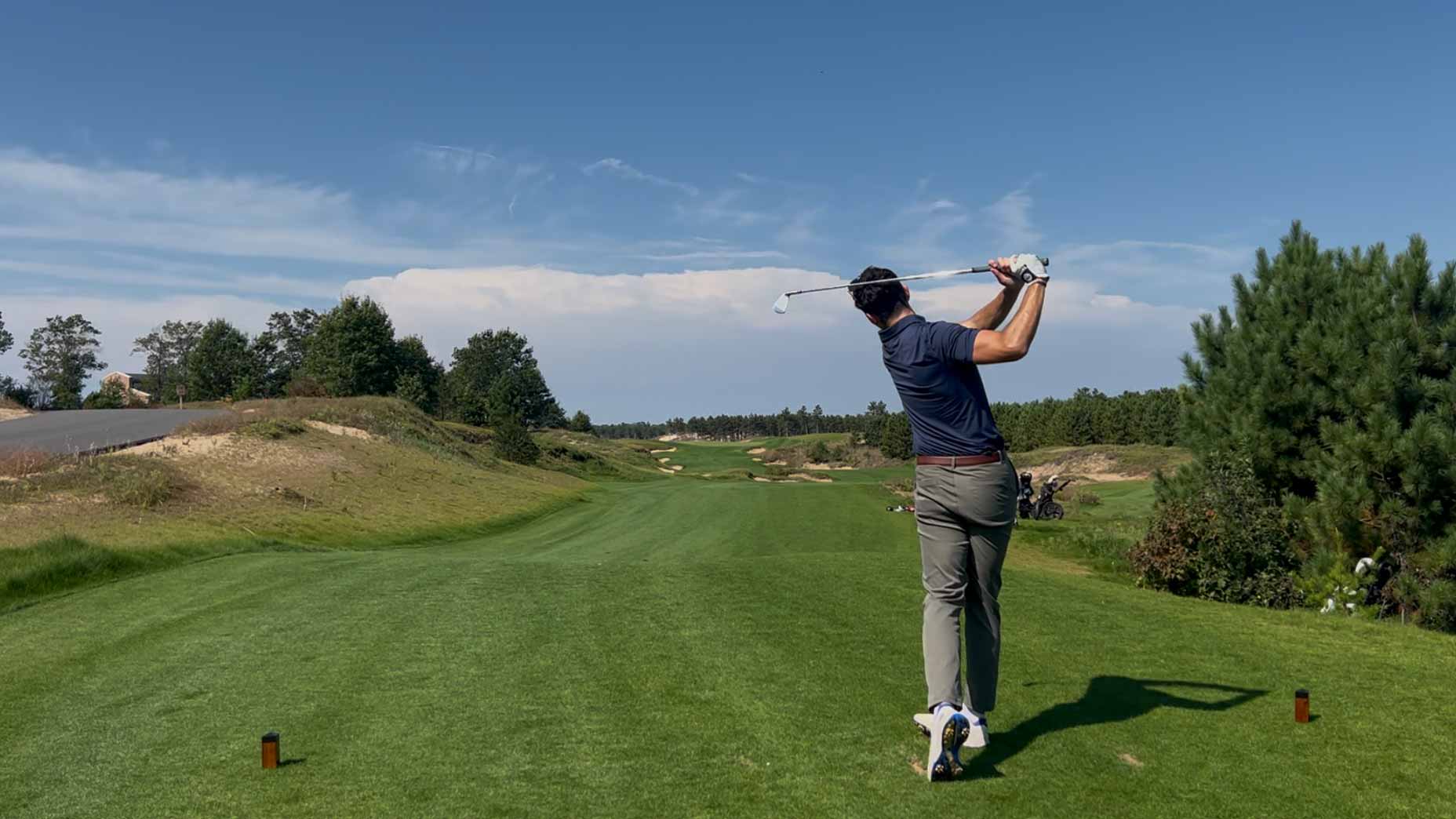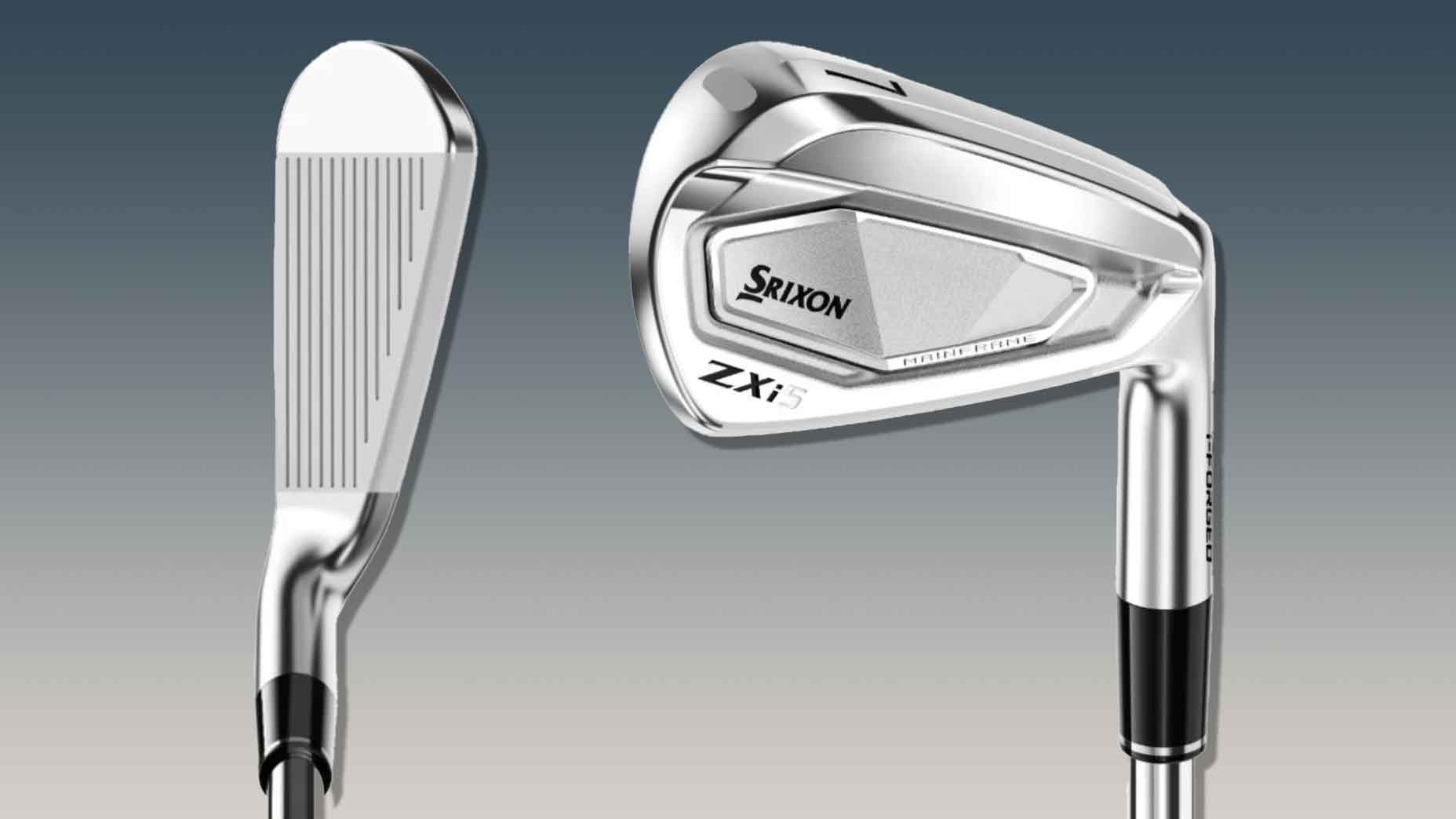Each month, we tap experts from the equipment industry to answer your most commonly asked questions. In this installment, Zack Kupperbusch, Marketing Manager at Bridgestone Golf, discusses whether flexible-face irons or one-piece irons are better for your game.
Q. How do I know if a flexible-face iron is better for me than a one-piece design? — Tim B., via e-mail
The choice between a one-piece iron and a multipiece, flexible-face iron (with face insert) comes down to preference and proper fit.
One-piece forged irons like our J15 CB are great if you’re a very consistent ballstriker and have ample clubhead speed. (Kuchar and Snedeker have played these irons.) Otherwise, you’re typically much better off opting for a model that provides some COR and flex in the face, since these types of irons, like our HF1 and HF2, provide significantly more ball speed and launch on mis-hits.
Swing speed is also a consideration when selecting a one-piece or multipiece iron. One-piece models only give you what you put into them. Tour players and faster swingers tend to prefer one-piece models because they hit the ball more than far enough and launch it high enough without extra help. For most amateurs, however, higher launch and increased ball speed and distance are extremely desirable, so for them a multi-piece iron is typically a better choice.
Once you’ve decided on a multi-piece iron, the decision then becomes about offset, sole width, topline thickness, and a few other considerations. In the Bridgestone lineup, players who need maximum help should choose the HF1, and those who are more skilled will probably prefer the less offset HF2.
— Zack Kupperbusch, Marketing Manager, Bridgestone Golf



